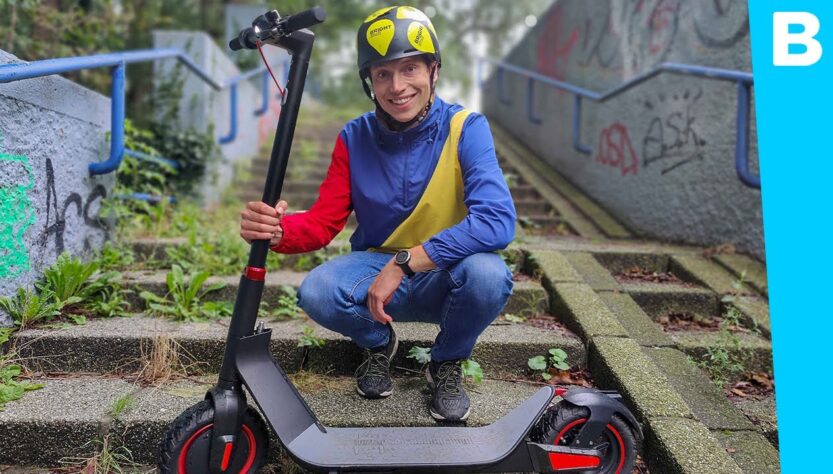In recent years, electric reparatie fatbike have surged in popularity, transforming urban transportation and offering a modern solution to the age-old problems of traffic congestion and pollution. With their eco-friendly design and user-friendly features, electric scooters are not just a passing trend; they represent a significant shift in how we think about mobility in our cities.
The Mechanics of Electric Scooters
Electric scooters (e-scooters) are lightweight, two-wheeled vehicles powered by an electric motor. They typically feature a rechargeable battery, allowing for travel distances of 15 to 40 miles on a single charge, depending on the model and riding conditions. Most e-scooters are equipped with intuitive controls, including an accelerator, brake, and sometimes even a digital display showing speed, battery level, and trip information.
The heart of an e-scooter is its battery and motor. While older models might use lead-acid batteries, most modern scooters employ lithium-ion batteries, known for their efficiency and longevity. These scooters usually have a maximum speed limit, generally ranging from 15 to 25 miles per hour, making them suitable for both commuting and leisurely rides.
Environmental Impact
One of the most compelling advantages of electric scooters is their potential to reduce carbon emissions. As cities worldwide grapple with air quality issues and climate change, e-scooters offer a greener alternative to traditional gasoline-powered vehicles. According to studies, electric scooters can reduce carbon emissions by up to 90% compared to cars, especially when charged using renewable energy sources.
In addition to lowering emissions, e-scooters also contribute to decreased noise pollution. Unlike their gas-powered counterparts, electric scooters operate quietly, promoting a more peaceful urban environment. As cities become increasingly crowded, the need for sustainable and noise-free transportation options has never been more urgent.
Urban Mobility Solutions
Electric scooters are changing the way people navigate cities. They serve as a bridge for the “last mile” of transportation, connecting commuters from public transit stations to their final destinations. With the rise of shared e-scooter programs, riders can pick up and drop off scooters at designated locations, enhancing flexibility and convenience.
These shared models have proliferated in urban areas, often allowing users to rent scooters through mobile apps. Such programs have gained traction in cities like San Francisco, Paris, and Berlin, where e-scooters provide an affordable and accessible transportation option. However, the rapid rollout of these services has raised concerns about safety, regulation, and infrastructure.
Safety Concerns and Regulations
Despite their benefits, electric scooters have sparked debate regarding safety and regulation. Riders often face hazards such as uneven pavement, pedestrians, and vehicles, leading to a rising number of accidents. Helmets are recommended, but many riders neglect this safety measure. As a result, cities are implementing stricter regulations, including speed limits, designated riding zones, and mandatory helmet laws.
Moreover, cities are recognizing the need for improved infrastructure to accommodate e-scooters. This includes expanding bike lanes, creating designated parking spaces, and integrating scooter-sharing systems with public transportation. As urban planners begin to prioritize micromobility, the goal is to create safer, more accessible environments for all road users.
The Future of Electric Scooters
Looking ahead, the future of electric scooters appears bright. Advances in technology are leading to longer-lasting batteries, improved safety features, and enhanced connectivity options. Some companies are exploring the integration of GPS tracking and IoT (Internet of Things) technology to monitor scooter performance and usage patterns.
Moreover, the environmental benefits of e-scooters are prompting increased investment from governments and private companies alike. As more cities adopt sustainable transportation policies, we can expect to see further incentives for electric scooter usage, including subsidies for consumers and funding for infrastructure development.
Conclusion
Electric scooters are more than just a fun way to get around; they are a symbol of a growing movement towards sustainable urban mobility. By offering an eco-friendly, efficient, and enjoyable mode of transportation, electric scooters are poised to play a crucial role in the future of our cities. As we embrace this revolution on two wheels, it is essential to address safety and infrastructure challenges to ensure that e-scooters become a viable option for all urban residents.

